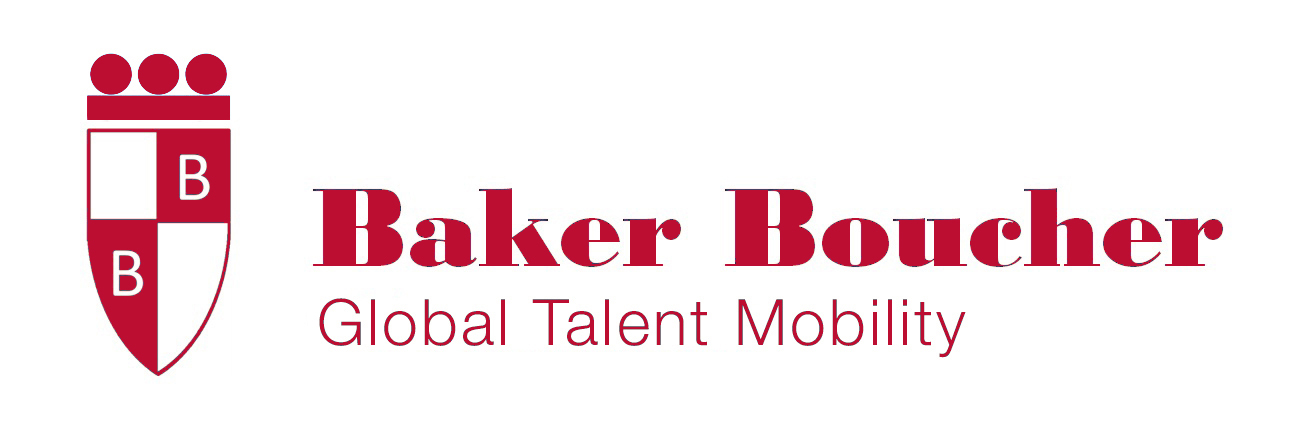Why accept long delivery times for IT resources?
When you like to buy something in a store, but it isn’t available off the shelf, you will probably check other stores before accepting a long delivery time.
But IT resource managers often accept long delivery times or underqualified staff., without exploring alternatives. Even though their agile software development can’t afford such a long time.
Why?
Agile software development requires agile resourcing
Changing client requirements and postponements cause unpredictable variations on the demand side, while attrition, recruitment and project incidents cause variations on the supply side.
Agile management methods like Scrum and Kanban are used to cope with these variations, but are often less successful without the right people at the right time in the right place. Agile sourcing is needed to deliver these resources on time.
Fashion industry
Market sensitivity in the fashion industry causes similar unpredictable variations on the demand side. On the supply side variations are caused by labour market changes in supply countries, exchange rates and reputation risks caused by bad behaviour of some suppliers further in the chain.
Already in 2008 the global fashion industry has organised it’s supply chain using the agile principles.
What could BPO and IT outsourcing learn?
1. Underutilisation
You can’t book a room in a fully booked hotel. The same applies for resource suppliers.To assure agile delivery, some suppliers in the chain should have available delivery capacity, in other words: underutilisation. However, utilisation should remain above a minimum level to avoid continuity risks at the supplier.
2. Use market dynamics
Good quality, competitive prices and underutilisation: it would be a contradiction in a stable world, but in the dynamic world of changing rates, growing companies, new upcoming offshore destinations (Moldova, Belarus, Bangladesh, Cambodia), there are always spots where you can have it all. They should be part of the agile resource strategy.
3. Multi-sourcing
Multi-sourcing means: multiple suppliers – preferably in different locations – for one product or service type, in other words: one supplier for SAP and one for Java expertise isn’t multi-sourcing.
Multi-sourcing is essential to provide flexibility to cope with short term fluctuation on demand or supply side.
4. Use intermediaries
The complex traffic within the supply chain needs to be properly controlled to take advantages of the available capacity and the varying cost levels.
Don’t think one of the suppliers could play the traffic control role, since suppliers have different interests: trying to maximise the utilisation of their resource pool. Therefore independent intermediaries are needed as ‘resource traffic controllers’.
5. Communication is key
Since predefined processes and tools can’t deliver the required flexibility, fast, frequent communications between stakeholders at all levels is essential for an agile operation.
6. Darwinist approach versus creationist approach
Supplier preselection is essential for building an agile supply chain. However, smooth cooperation can only be tested in reality. Therefore, natural supplier selection based on continuous performance assessment and replacement of the poor performers is a crucial part of the agile tendering process (without RFP’s).
7. Connect business strategy with sourcing strategy
Agile resourcing improves ability to deliver. Ability to deliver creates market opportunities. Therefore resourcing strategy should be integrated into the business strategy.
Recommendation
If your resource supply chain can’t timely deliver the right staff, please check your resource supply chain against the above principles. Ask for help when improvements are needed.


